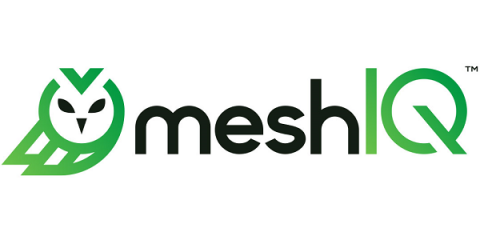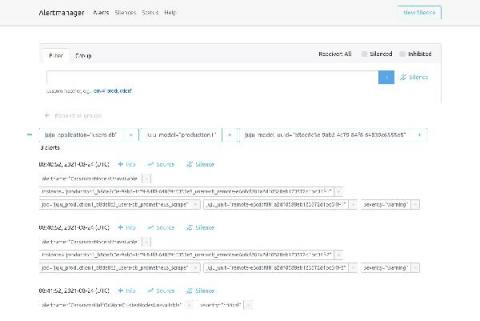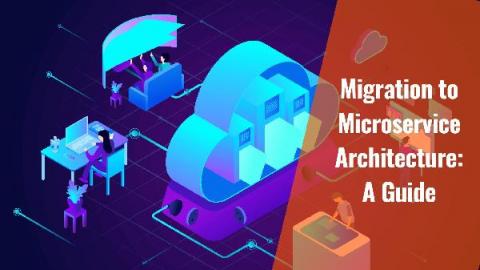Server Management: What It Means and How to Do It Right
The age of storing data only on paper is long gone. In this age, almost everything has become digital. Businesses, services, data sharing—everything has gone online. And servers play a major role in making this possible. Though it might look simple to users, a lot happens on the back end. Servers have a wide range of applications—application hosting, email management, proxies, file transfers, etc. Different servers specialize in different services.











